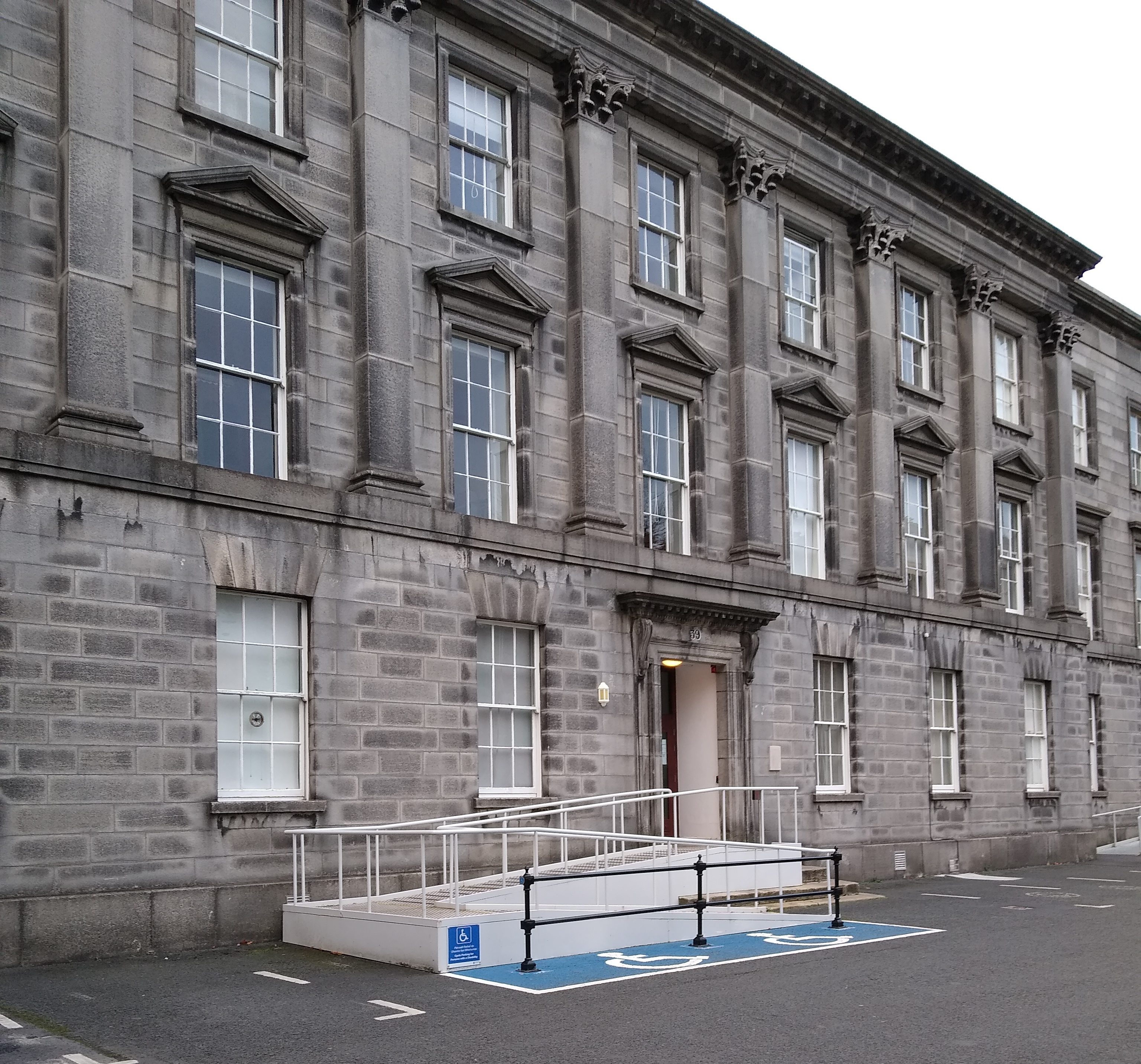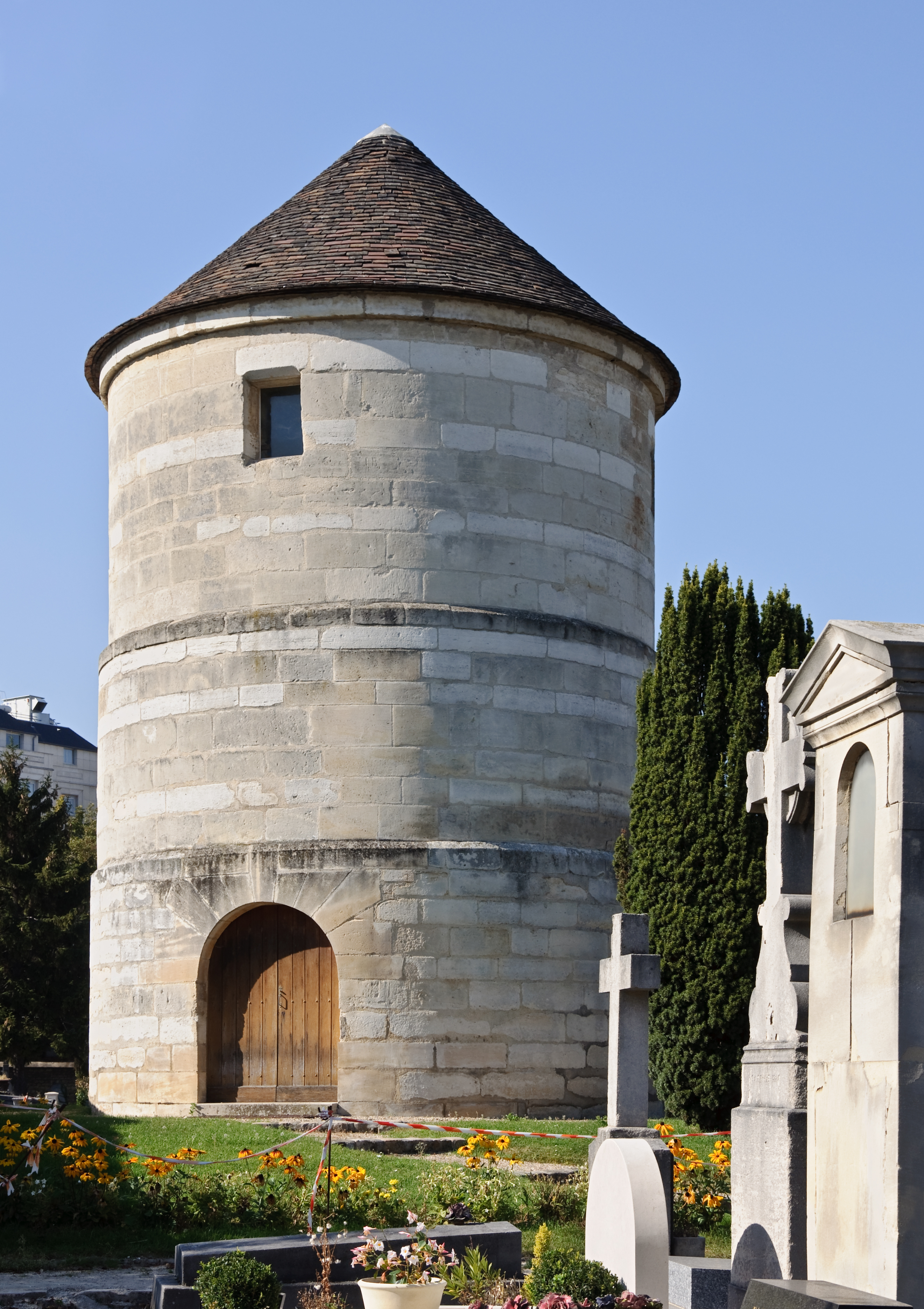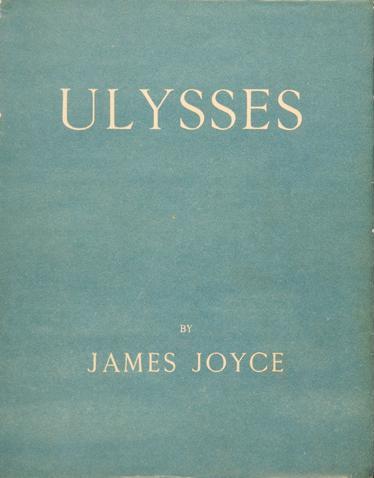|
Samuel Beckett
Samuel Barclay Beckett (; 13 April 1906 – 22 December 1989) was an Irish writer of novels, plays, short stories, and poems. Writing in both English and French, his literary and theatrical work features bleak, impersonal, and Tragicomedy, tragicomic episodes of life, often coupled with black comedy and literary nonsense. A major figure of Irish literature and one of the most influential writers of the 20th century, he is credited with transforming the genre of the modern theatre. Best remembered for his tragicomedy play ''Waiting for Godot'' (1953), he is considered to be one of the last Modernism, modernist writers, and a key figure in what Martin Esslin called the "Theatre of the Absurd." For his lasting literary contributions, Beckett received the 1969 Nobel Prize in Literature, "for his writing, which—in new forms for the novel and drama—in the destitution of modern man acquires its elevation." A resident of Paris for most of his adult life, Beckett wrote in both Frenc ... [...More Info...] [...Related Items...] OR: [Wikipedia] [Google] [Baidu] |
Cimetière Du Montparnasse
Montparnasse Cemetery () is a cemetery in the Montparnasse quarter of Paris, in the city's 14th arrondissement. The cemetery is roughly 47 acres and is the second largest cemetery in Paris. The cemetery has over 35,000 graves, and approximately 1,000 people are buried there each year. The cemetery is the resting place for a variety of individuals including political figures, philosophers, artists, actors, and writers. Additionally, the cemetery contains a number of tombs commemorating those who died in the Franco-Prussian war during the siege of Paris (1870–1871) and the Paris Commune (1871). History The cemetery was created at the beginning of the 19th century in the southern part of the city. At the same time there were cemeteries outside the city limits: Passy Cemetery to the west, Montmartre Cemetery to the north, and Père Lachaise Cemetery to the east. In the 16th century the intersecting roads of Vavin and Raspail were dump areas for rubble and stones from nearby quarr ... [...More Info...] [...Related Items...] OR: [Wikipedia] [Google] [Baidu] |
Nobel Prize In Literature
The Nobel Prize in Literature, here meaning ''for'' Literature (), is a Swedish literature prize that is awarded annually, since 1901, to an author from any country who has, in the words of the will of Swedish industrialist Alfred Nobel, "in the field of literature, produced the most outstanding work in an idealistic direction" (original ). Though individual works are sometimes cited as being particularly noteworthy, the award is based on an author's body of work as a whole. The Swedish Academy decides who, if anyone, will receive the prize. The academy announces the name of the laureate in early October. It is one of the five Nobel Prizes established by the will of Alfred Nobel in 1895. Literature is traditionally the final award presented at the Nobel Prize ceremony. On some occasions, the award has been postponed to the following year, most recently in 2018. Background Alfred Nobel stipulated in his last will and testament that his money be used to create a series of ... [...More Info...] [...Related Items...] OR: [Wikipedia] [Google] [Baidu] |
Self-reference
Self-reference is a concept that involves referring to oneself or one's own attributes, characteristics, or actions. It can occur in language, logic, mathematics, philosophy, and other fields. In natural or formal languages, self-reference occurs when a sentence, idea or formula refers to itself. The reference may be expressed either directly—through some intermediate sentence or formula—or by means of some encoding. In philosophy, self-reference also refers to the ability of a subject to speak of or refer to itself, that is, to have the kind of thought expressed by the first person nominative singular pronoun "I" in English. Self-reference is studied and has applications in mathematics, philosophy, computer programming, second-order cybernetics, and linguistics, as well as in humor. Self-referential statements are sometimes paradoxical, and can also be considered recursive. In logic, mathematics and computing In classical philosophy, paradoxes were created b ... [...More Info...] [...Related Items...] OR: [Wikipedia] [Google] [Baidu] |
Stream Of Consciousness
In literary criticism, stream of consciousness is a narrative mode or method that attempts "to depict the multitudinous thoughts and feelings which pass through the mind" of a narrator. It is usually in the form of an interior monologue which is disjointed or has irregular punctuation. The term was first used in 1855 and was first applied to a literary technique in 1918. While critics have pointed to various literary precursors, it was not until the 20th century that this technique was fully developed by modernist writers such as Marcel Proust, James Joyce, Dorothy Richardson and Virginia Woolf. Stream of consciousness narratives continue to be used in modern prose and the term has been adopted to describe similar techniques in other art forms such as poetry, songwriting and film. Origin of term Alexander Bain used the term in 1855 in the first edition of ''The Senses and the Intellect'', when he wrote, "The concurrence of Sensations in one common stream of consciousness ... [...More Info...] [...Related Items...] OR: [Wikipedia] [Google] [Baidu] |
Minimalism
In visual arts, music, and other media, minimalism is an art movement that began in the post-war era in western art. The movement is often interpreted as a reaction to abstract expressionism and modernism; it anticipated contemporary post-minimal art practices, which extend or reflect on minimalism's original objectives. Minimalism's key objectives were to strip away conventional characterizations of art by bringing the importance of the object or the experience a viewer has for the object with minimal mediation from the artist. Prominent artists associated with minimalism include Donald Judd, Agnes Martin, Dan Flavin, Carl Andre, Robert Morris, Anne Truitt, and Frank Stella. Minimalism in music often features repetition and gradual variation, such as the works of La Monte Young, Terry Riley, Steve Reich, Philip Glass, Julius Eastman, and John Adams. The term has also been used to describe the plays and novels of Samuel Beckett, the films of Robert Bresson, the stori ... [...More Info...] [...Related Items...] OR: [Wikipedia] [Google] [Baidu] |
1969 Nobel Prize In Literature
The 1969 Nobel Prize in Literature was awarded to the Irish author Samuel Beckett (1906–1989) "for his writing, which - in new forms for the novel and drama - in the destitution of modern man acquires its elevation". Laureate Samuel Beckett produced his most important works – four novels, two dramas, a collection of short stories, essays, and art criticism – during an intensely creative period in the late 1940s. He had settled in France and wrote in both French and English. His experiences during World War II – insecurity, confusion, exile, hunger, deprivation – came to shape his writing. In his most famous work, the drama '' En attendant Godot'' (''Waiting for Godot'', 1952), he examines the most basic foundations of our lives with strikingly dark humor. Among his other famous literary works include ''Krapp's Last Tape'' (1958), ''Happy Days'' (1961) and ''The Molloy Trilogy'' (1955–58). Deliberations Nominations In total, the Swedish Academy received 184 nominations ... [...More Info...] [...Related Items...] OR: [Wikipedia] [Google] [Baidu] |
Martin Esslin
Martin Julius Esslin OBE (6 June 1918 – 24 February 2002) was a Hungarian-born British producer, dramatist, journalist, adaptor and translator, critic, academic scholar and professor of drama, known for coining the term " theatre of the absurd" in his 1961 book ''The Theatre of the Absurd''. This work has been called "the most influential theatrical text of the 1960s". Life and work Born Pereszlényi Gyula Márton in Budapest, Esslin moved to Vienna with his family at a young age. He studied Philosophy and English at the University of Vienna and later studied directing under Max Reinhardt at the Reinhardt Seminar of Dramatic Arts in 1928; actor Milo Sperber was a classmate. Of Jewish descent (but not of Jewish practice), he fled Austria in the wake of the ''Anschluss'' of 1938, moving to Brussels for a year and then moving on to England. In his book, ''Theatre of the Absurd'', written in 1961, he defined the "Theatre of the Absurd" as follows: This attribute of "abs ... [...More Info...] [...Related Items...] OR: [Wikipedia] [Google] [Baidu] |
Modernism
Modernism was an early 20th-century movement in literature, visual arts, and music that emphasized experimentation, abstraction, and Subjectivity and objectivity (philosophy), subjective experience. Philosophy, politics, architecture, and social issues were all aspects of this movement. Modernism centered around beliefs in a "growing Marx's theory of alienation, alienation" from prevailing "morality, optimism, and Convention (norm), convention" and a desire to change how "social organization, human beings in a society interact and live together". The modernist movement emerged during the late 19th century in response to significant changes in Western culture, including secularization and the growing influence of science. It is characterized by a self-conscious rejection of tradition and the search for newer means of cultural expressions, cultural expression. Modernism was influenced by widespread technological innovation, industrialization, and urbanization, as well as the cul ... [...More Info...] [...Related Items...] OR: [Wikipedia] [Google] [Baidu] |
Tragicomedy
Tragicomedy is a literary genre that blends aspects of both tragedy, tragic and comedy, comic forms. Most often seen in drama, dramatic literature, the term can describe either a tragic play which contains enough comic elements to lighten the overall mood or a serious play with a happy ending. Tragicomedy, as its name implies, invokes the intended response of both the tragedy and the comedy in the audience, the former being a genre based on human suffering that invokes an accompanying catharsis and the latter being a genre intended to be humorous or amusing by inducing laughter. In theatre Classical precedent There is no concise formal definition of tragicomedy from the classical antiquity, classical age. It appears that the Greek philosopher Aristotle had something like the Renaissance meaning of the term (that is, a serious action with a happy ending) in mind when, in ''Poetics (Aristotle), Poetics'', he discusses tragedy with a dual ending. In this respect, a number of An ... [...More Info...] [...Related Items...] OR: [Wikipedia] [Google] [Baidu] |
Theatre
Theatre or theater is a collaborative form of performing art that uses live performers, usually actors to present experiences of a real or imagined event before a live audience in a specific place, often a Stage (theatre), stage. The performers may communicate this experience to the audience through combinations of gesture, speech, song, music, and dance. It is the oldest form of drama, though live theatre has now been joined by modern recorded forms. Elements of art, such as painted scenery and stagecraft such as lighting are used to enhance the physicality, presence and immediacy of the experience. Places, normally buildings, where performances regularly take place are also called "theatres" (or "theaters"), as derived from the Ancient Greek θέατρον (théatron, "a place for viewing"), itself from θεάομαι (theáomai, "to see", "to watch", "to observe"). Modern Western theatre comes, in large measure, from the theatre of ancient Greece, from which it borrows tec ... [...More Info...] [...Related Items...] OR: [Wikipedia] [Google] [Baidu] |
Irish Literature
Irish literature is literature written in the Irish, Latin, English and Scots ( Ulster Scots) languages on the island of Ireland. The earliest recorded Irish writing dates from back in the 7th century and was produced by monks writing in both Latin and Early Irish, including religious texts, poetry and mythological tales. There is a large surviving body of Irish mythological writing, including tales such as The Táin and Mad King Sweeny. The English language was introduced to Ireland in the 13th century, following the Norman invasion of Ireland. The 16th and 17th centuries saw a major expansion of English power across Ireland, further expanding the presence of early Modern English speakers. One theory is that in the latter part of the nineteenth century saw a rapid replacement of Irish by English in the greater part of the country, largely due to the Great Famine and the subsequent decimation of the Irish population by starvation and emigration. Another theory among mo ... [...More Info...] [...Related Items...] OR: [Wikipedia] [Google] [Baidu] |







